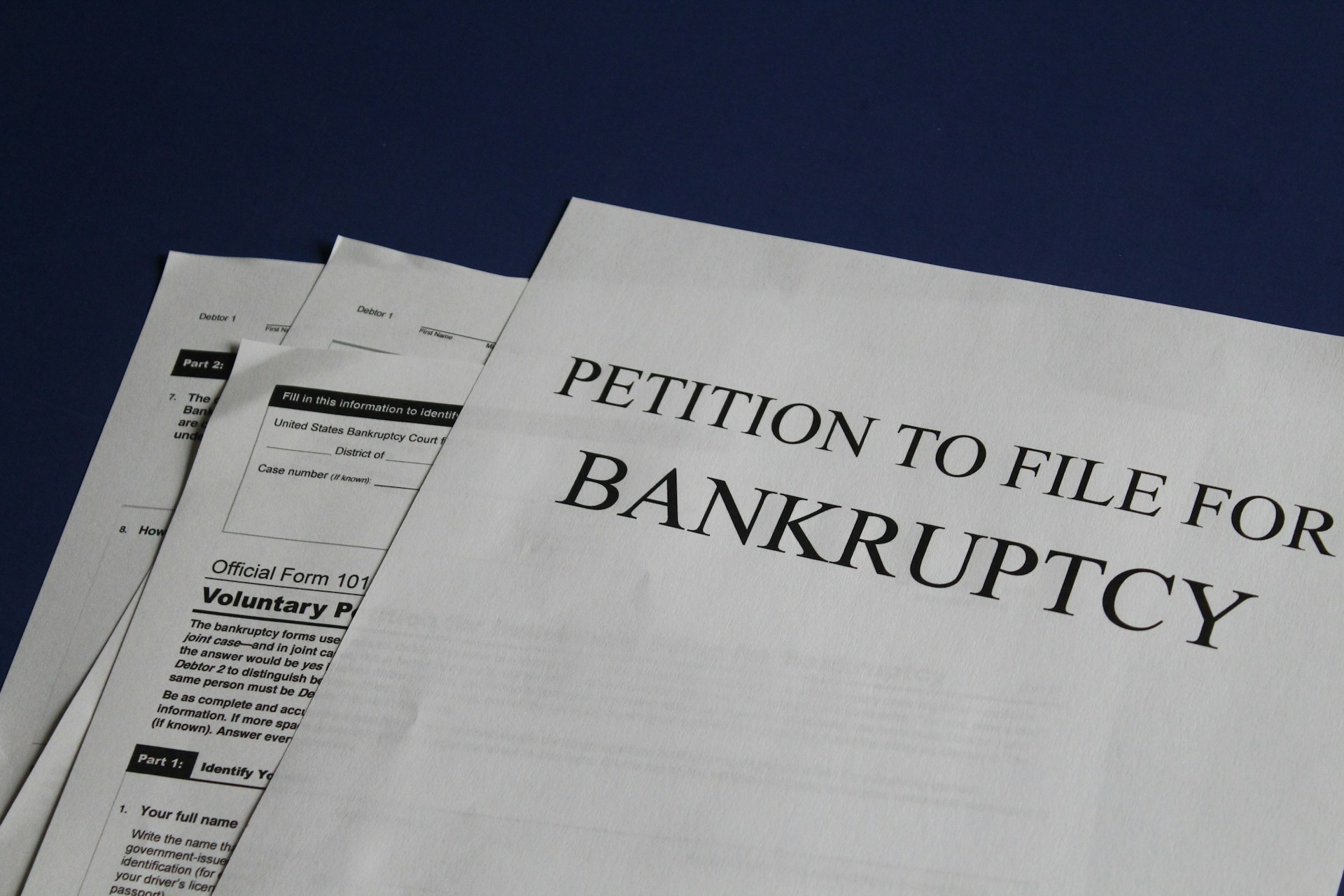A mortgage refinance can reduce your monthly payments and free up room in your budget. While it’s always nice to save money, some people refinance as a last resort. It may be the only way to keep a property and maintain basic living expenses. Homeowners who recently endured bankruptcies may feel a need to reduce their financial stress. This guide will explore how bankruptcy impacts your financing options and what to consider before getting started.
Understanding Bankruptcy and its Consequences
Bankruptcies are significant financial events that can restrict your access to capital and attractive rates. A Chapter 7 bankruptcy can stay on your credit report for up to 10 years, while a Chapter 13 bankruptcy will remain on your report for seven years.
Fewer lenders will want to work with a borrower who recently filed for bankruptcy since it’s riskier for them. Borrowers often rebuild their credit with products like secured credit cards and credit builder loans. You will have a more difficult time getting a refinance from a mortgage lender, but it may be possible.
Can You Refinance After Bankruptcy?
It’s possible to get a refinance after bankruptcy. However, it won’t be immediate. Depending on the type of bankruptcy, you may have to wait 2-4 years before you can apply for a refinance. If enough time has passed and you have rebuilt your credit, you can get a refinance.
How Does Bankruptcy Affect Your Refinancing Options?
Even if you’re ready to get a refinance after bankruptcy, that history will impact your choices. Here’s how.
Effect on Your Credit
Bankruptcy is the worst thing that can happen to your credit score. You can rebuild it, but bankruptcy acts like an anchor until it gets removed from your credit report. A lower credit score may prevent you from qualifying for many loans. The ones you can get will end up having higher interest rates than average.
Impact When You Refinance Mortgage
You will have to wait 2-4 years before refinancing a mortgage, depending on the lender. If you need to refinance a mortgage a few months after bankruptcy, it won’t work. You will have to seek another funding method to close any gaps.
How Long Do You Have to Wait to Refinance After Bankruptcy?
The waiting time depends on the type of bankruptcy. Conventional mortgages have four-year waiting periods for both types of bankruptcies. That number gets reduced to two years if you can demonstrate extenuating circumstances. Time periods differ for the other types of loans.
Chapter 7
You can get a refinance for an FHA or a VA loan two years after discharge. You may only have to wait one year for these loans if you can demonstrate extenuating circumstances. The one-year rule also applies to a USDA loan, but if you don’t qualify for the accelerated timeline, you will have to wait three years after discharge.
Chapter 13
It’s possible to get an FHA, USDA, or VA loan before discharge if you made on-time payments over the past year. Discharge refers to the day you pay off your bankruptcy debt. Discharge will not take place if you still owe money from your bankruptcy. If you can’t get financing before a discharge, it will take a lot longer to refinance a property if you filed for Chapter 13 bankruptcy.
What are Your Refinancing Options After Bankruptcy?
These are some of the refinancing options you can consider after bankruptcy.
Conventional Loans
These loans are standard and competitive but have the longest wait times after a discharge. You can opt for a 15-year or a 30-year mortgage with a fixed or variable interest rate.
Jumbo Loans
These loans are unconventional and let you borrow more capital. If you need to refinance a mortgage balance that exceeds the maximum amounts set by Fannie Mae and Freddie Mac, this financing option may be right for you.
FHA Loans
These loans have lower credit requirements and quicker timeframes for getting a refinance after a bankruptcy. You can get an FHA loan if your credit score is as low as 500 as long as you put at least 10% down.
VA Loans
VA loans are exclusively for qualifying veterans, military members, and their spouses. These loans become accessible sooner and have competitive rates.
USDA Loans
USDA loans are for qualifying borrowers who want to refinance a rural or suburban property. The USDA has multiple refinancing programs. You will have to get a 30-year mortgage with a fixed interest rate. It’s quicker to get a USDA loan after bankruptcy than it is to obtain a conventional mortgage.
How To Refinance After Bankruptcy
After the waiting period has concluded, you can reach out to mortgage lenders and submit online applications. You will have to provide some details like your name, proof of address, and proof of income. Lenders will run hard credit checks to see if you qualify for the loan.
How to Improve Your Chances for Refinance After Bankruptcy
Filing for bankruptcy won’t make it easier to get a mortgage, but you can still obtain financing even if you recently endured bankruptcy. Improving your credit score and earning more income will increase your chances of getting approved for a mortgage. You can also make a small lump sum payment toward your mortgage that reduces the total balance. A lower balance will result in lower monthly payments for your new mortgage. Paying off existing debt will improve your debt-to-income ratio and can make it easier to get financing.
Precautions to Take When Refinancing After Bankruptcy
It’s not always a good idea to refinance after bankruptcy. These are some of the details to consider before you refinance your mortgage.
Potential Risks
Refinancing your mortgage will lead to high closing costs. In most cases, You won’t be able to refinance your mortgage again for another 6-12 months. Relying too much on refinancing will kick debt further down the road and can enable bad financial habits to linger. You also run the risk of not getting approved and still ending up with a hard credit check that reduces your score. If you refinance your mortgage, it will become more challenging to qualify for other types of financing.
Things to Consider Before Deciding to Refinance After Bankruptcy
Borrowers should consider several details before they refinance, such as their budgets and the purpose of a refinance. Most people refinance after bankruptcy to save money. However, you may want to consider picking up a side hustle or advancing in your career as a way to fill any gaps instead of resorting to an expensive refinance.
Conclusion: Refinancing After Bankruptcy is Possible
It’s possible to refinance after bankruptcy, but you will have to wait a few years if you want a conventional mortgage. A refinance can offer financial relief, but you may want to consider other paths, like a side hustle, while you wait to become eligible for a refinance. Even if a refinance isn’t in your plans right now, building your credit score with on-time payments can help you qualify for better terms when you are ready to refinance your mortgage.
FAQs About Refinance After Bankruptcy
The minimum credit score requirement for refinancing after bankruptcy depends on the type of loan you want. It’s possible to get an FHA loan with a score as low as 500. However, you will need a 620 credit score or higher to qualify for a conventional mortgage.
Some lenders specialize in refinancing loans for individuals with bankruptcies. Angel Oak Mortgage Solutions, First National Bank of America, and Carrington Mortgage are some of the choices.







